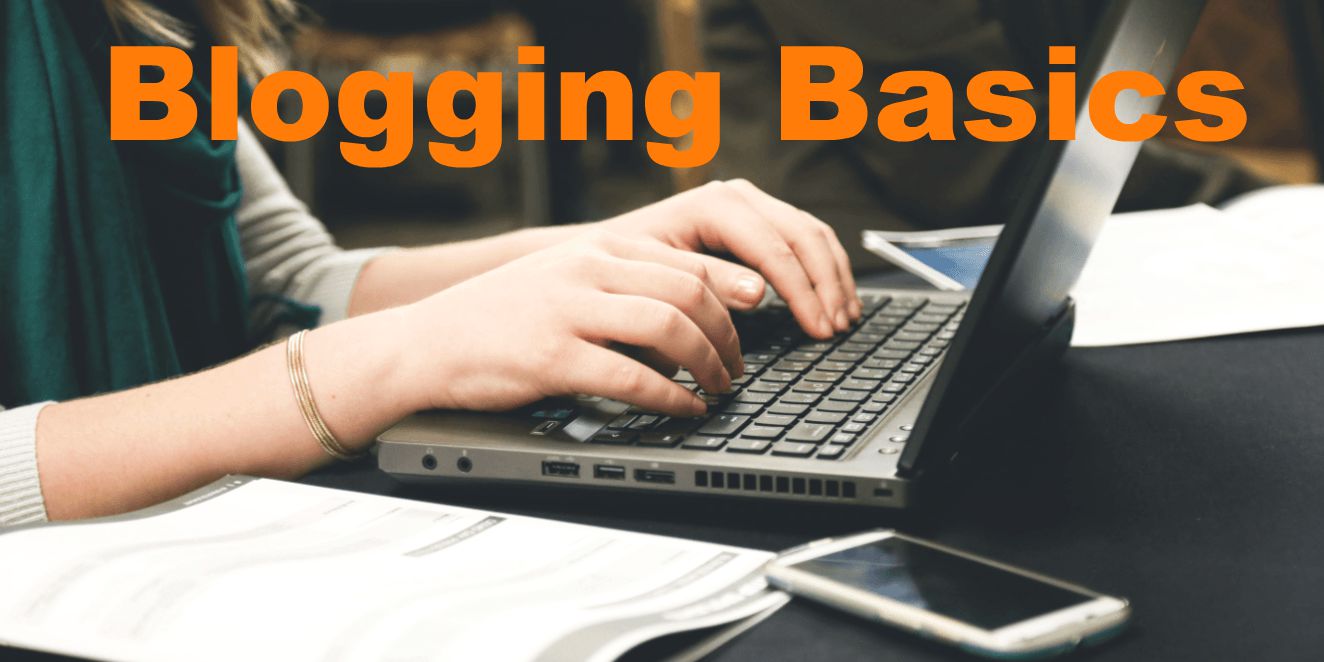For bloggers and writers who wish to create a credible online presence, selecting an appropriate website template is essential. For this reason, your equipment should include more than a pen and wild imagination. It is time to get a well-designed website to draw in more visitors and keep them interested. Let us find out how to choose the best ready-made solution and highlight your writing talent.

How to Create a Website Blog & Writer’s Site Using a Website Template?
Step 1: Establish Your Goals
It takes more than just having an excellent concept to make it happen. You must have a thorough knowledge of the subject matter and objectives. Additionally, think about issues that the site addresses for your prospective readers. The framework and essential components of the online project will be determined at this stage.

Consequently, you must define the following aspects:
- Your line of work (showcasing your writing portfolio, attracting new readers, selling booking, providing valuable content, and so on);
- The persona of your readers;
- Project objectives;
- Problems of the audience you can fix using an online project.
Step 2: Imagine Your Perfect Design
Creating a website with blog or writer’s site is not only about how they appear. Eye-catching sliders or an original homepage design will not always work. Convenience and functionality are key factors in web design.
For this reason, this stage presents some tricky scenarios. For instance, what definitely works for an ordinary business card is probably not the best option for our goals. While selecting a website template, take into account the following fundamental factors:
- Format, layout, and design of the header and footer;
- Logo placement;
- Content width;
- Navigation;
- Color schemes;
- Typography.
The majority of contemporary tools typically allow extensive customization. It means that any of the aforementioned points can be altered and modified.
You can always get inspired by other blog website ideas. Look through successful online projects of successful writers and bloggers and your niche. Then, it will take you nothing to take note of all elements, including layouts, fonts, and overall user experience.
Step 3: Pay Attention to Ease of Use
The process may be completely handled for you by modern web development technologies. However, with blog writing templates, you need to take care of the website’s content, media files, forms, and other components. Of course, it is possible to pay a freelancer to complete all the tasks, but that would incur additional costs.
So, choosing a website template with a basic content editing tool is a smart idea. The majority of platforms often have drag-and-drop editors. Using them, it is relatively easy to alter elements without specialized coding knowledge.
Step 4: Analyze the Features

For non-techies, ready-made solutions are undoubtedly a fantastic option. Users anticipate them to be adaptable with a range of options to allow for personalizing the site. For this reason, you can always opt for an excellent choice with all the necessary built-in widgets and add-ons. When it comes to writers and bloggers, these are:
- About Section;
- Blog posts;
- Categories and topics;
- Contact info;
- Advanced search;
- Social media integration and newsletter subscription;
- Author bio and photos;
- Testimonials.
Step 5: Choose a Trustworthy Website Template Provider
What to look for in a dependable provider of ready-made solutions?
- The number of templates. The better a provider is, the more templates they have.
- Reviews and comments from users. Individuals discuss their experiences and point out both positive and negative aspects of their purchase.
- The availability of customer support. It indicates that a supplier is prepared to address any problem.
A Few Words in Conclusion
A crucial step in developing your online profile as a blogger or writer is choosing appropriate blog website templates. Select an appropriate variant that complements your brand and effectively presents your work. Make sure to take into account factors like functionality, design, navigation, and customization capabilities. Remember that there are multiple premium and free blog templates WordPress to grab. Thanks for reading!

Nancy P. Howard has been working as a journalist at the online magazine in London for a year. She is also a professional writer in such topics as blogging, IT, and digital marketing. She loves travelling, photography and is always welcome to meet new people.

